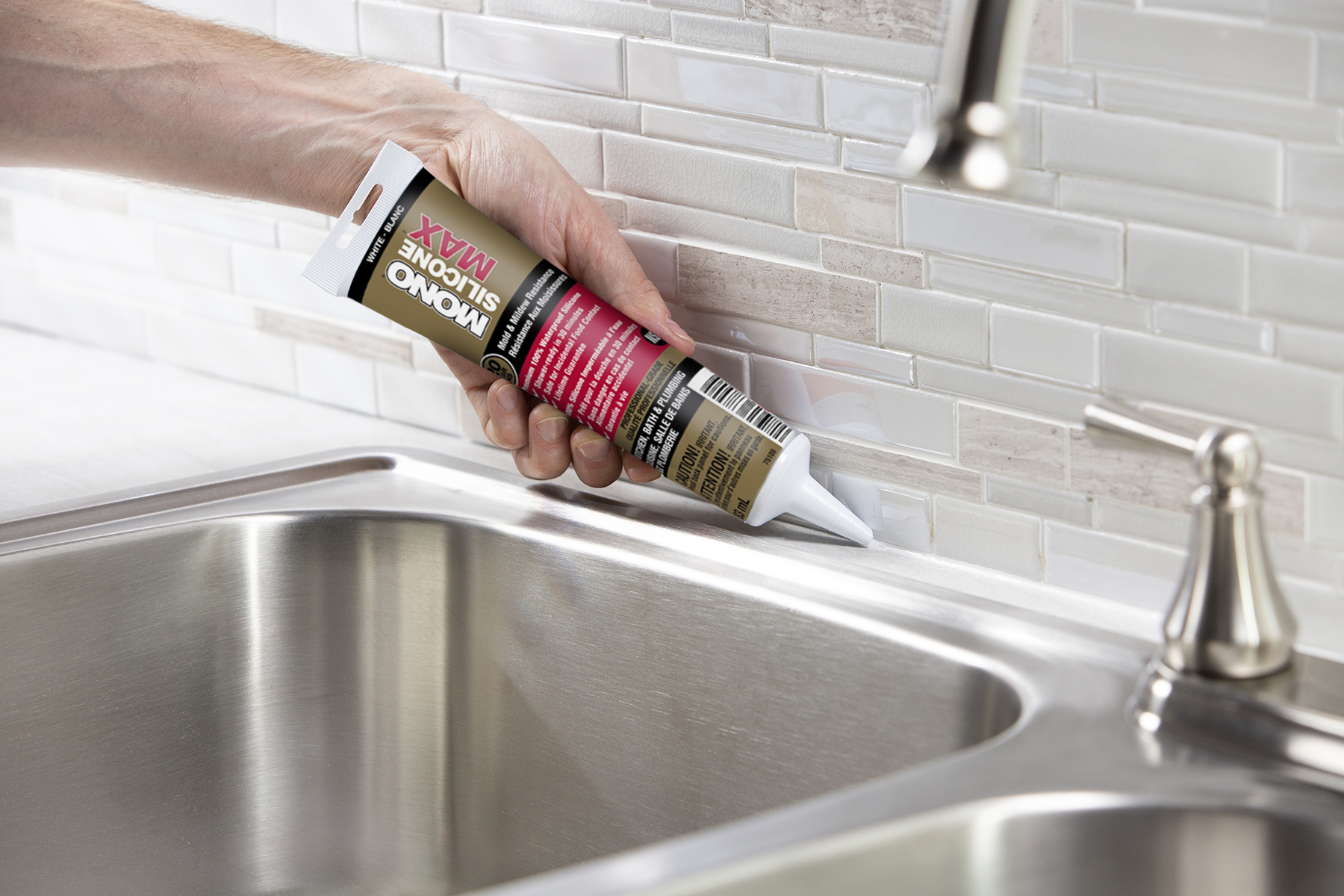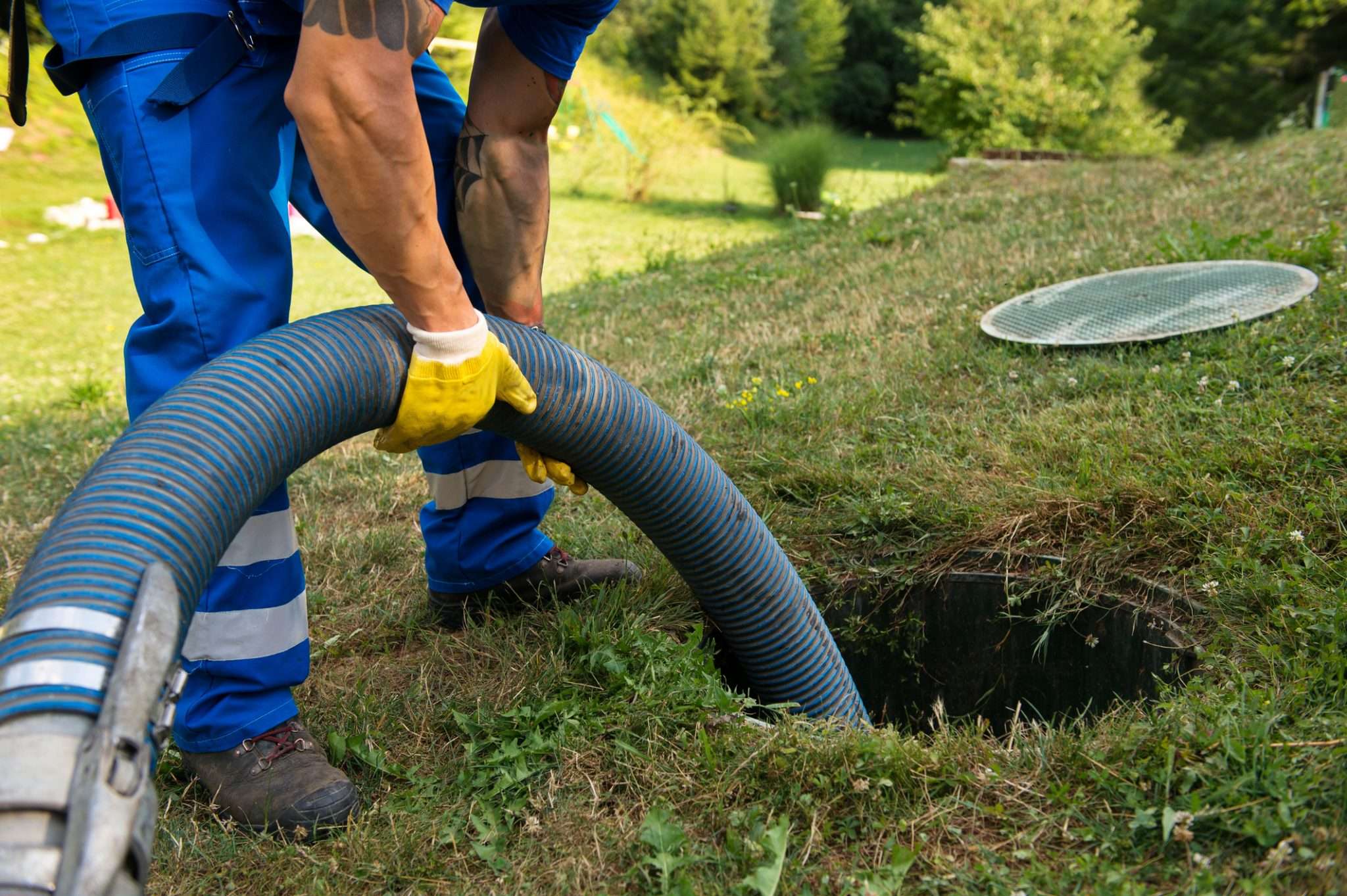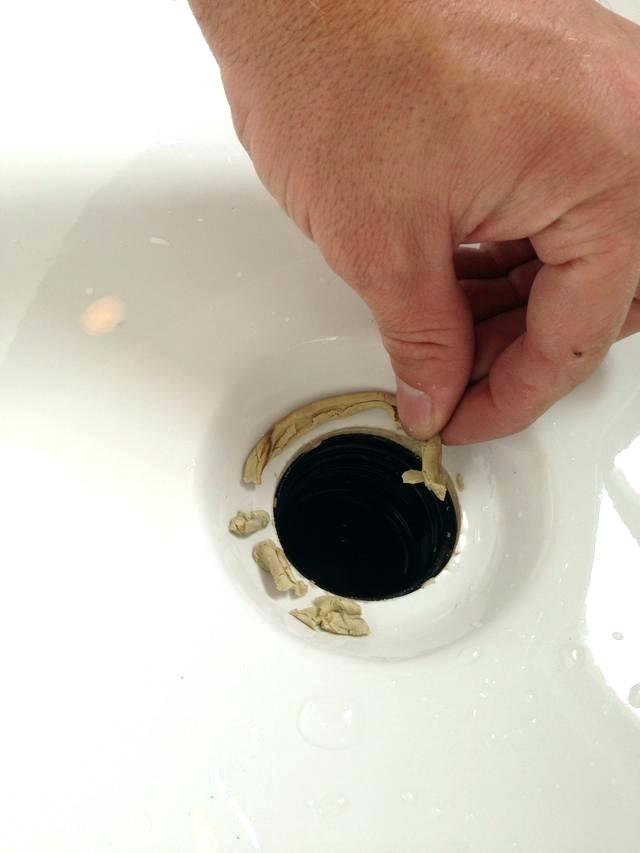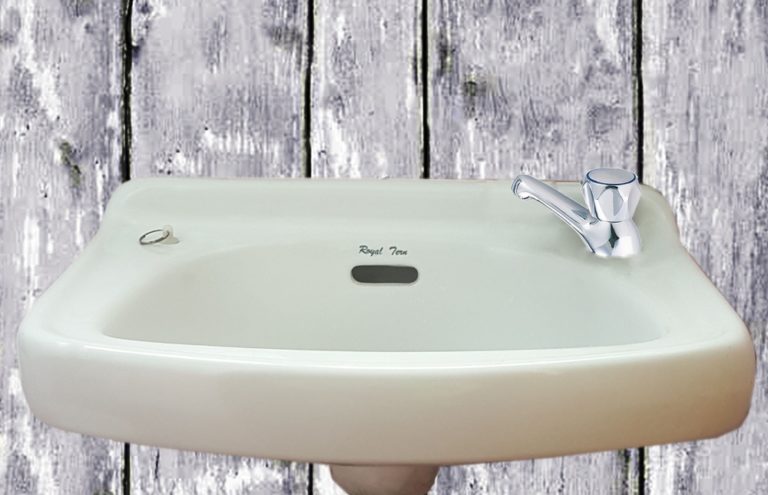Puddy or Silicone: Which One is Best for Installing a Bathroom Sink?
When it comes to installing a new bathroom sink, one of the most common questions is whether to use puddy or silicone. While both materials can be used for this task, there are some key differences that you should be aware of before making a decision. In this article, we will discuss the pros and cons of using puddy or silicone for bathroom sink installation and provide tips for choosing the right material for your project.
How to Use Puddy or Silicone to Install a Bathroom Sink
Before we dive into the details, let's first understand what puddy and silicone are. Puddy, also known as plumber's putty, is a soft, moldable substance that is commonly used for plumbing repairs and installations. Silicone, on the other hand, is a sealant that comes in a tube and hardens when exposed to air.
Now, let's take a look at how to use puddy and silicone for installing a bathroom sink.
Puddy: To use puddy, start by removing the old sink and cleaning the area where the new sink will be installed. Then, take a small amount of puddy and knead it in your hands to soften it. Roll the puddy into a thin rope and apply it around the edge of the sink where it will come in contact with the countertop. Carefully place the sink into the opening and press down firmly to create a tight seal. Wipe away any excess puddy with a damp cloth.
Silicone: To use silicone, start by preparing the area in the same way as you would for puddy. Then, cut the tip of the silicone tube at a 45-degree angle and insert it into a caulking gun. Squeeze the trigger to apply a thin, even line of silicone along the edge of the sink. Place the sink into the opening and apply gentle pressure to create a seal. Use a damp cloth to remove any excess silicone.
Step-by-Step Guide for Installing a Bathroom Sink with Puddy or Silicone
Now that you know how to use puddy and silicone, let's break down the steps for installing a bathroom sink with these materials.
Step 1: Remove the old sink and clean the area thoroughly. Make sure the surface is free of any debris, dust, or old sealant.
Step 2: Prepare the puddy or silicone according to the instructions mentioned above.
Step 3: Apply the puddy or silicone around the edge of the sink where it will make contact with the countertop.
Step 4: Carefully place the sink into the opening and press down firmly to create a seal.
Step 5: Wipe away any excess puddy or silicone with a damp cloth and let it dry for the recommended amount of time.
That's it! Your sink should now be securely installed and ready for use.
The Benefits of Using Puddy or Silicone for Bathroom Sink Installation
Both puddy and silicone have their own unique benefits when it comes to bathroom sink installation. Here are some of the advantages of using each material:
Puddy: Puddy is easy to mold and can create a tight seal around the sink. It is also non-toxic and can be easily removed if needed.
Silicone: Silicone is a durable material that can withstand water and moisture, making it a great choice for bathroom sinks. It is also resistant to mold and mildew.
Puddy vs Silicone: Which One is More Durable for Bathroom Sink Installation?
When it comes to durability, silicone is the clear winner. It has a longer lifespan and can withstand water and moisture better than puddy. However, both materials can provide a strong and secure seal for your bathroom sink if applied correctly.
Tips for Choosing the Right Puddy or Silicone for Your Bathroom Sink Installation
When selecting puddy or silicone for your bathroom sink installation, there are a few key factors to consider:
Type of sink: Puddy is not recommended for use with granite, marble, or other porous materials as it can stain. Silicone, on the other hand, is safe to use on any type of sink material.
Budget: Puddy is generally cheaper than silicone, making it a more cost-effective option for those on a budget.
Project timeline: Silicone takes longer to dry than puddy, so if you need your sink installed quickly, puddy may be the better choice.
Common Mistakes to Avoid When Using Puddy or Silicone for Bathroom Sink Installation
When using puddy or silicone for bathroom sink installation, there are a few common mistakes to avoid:
Using too much material: Applying too much puddy or silicone can result in a messy and uneven seal. Use only the recommended amount for a clean and professional-looking finish.
Not cleaning the area properly: As mentioned before, it is crucial to clean the area thoroughly before applying puddy or silicone. Any debris or old sealant can affect the effectiveness of the new seal.
Not following instructions: Make sure to read and follow the instructions on the package for the best results.
How to Remove Puddy or Silicone from a Bathroom Sink
If you ever need to remove puddy or silicone from your bathroom sink, here's how to do it:
Puddy: Soften the puddy by applying heat with a hairdryer, then scrape it off with a putty knife. Wipe the area clean with a damp cloth.
Silicone: Use a silicone remover or a mixture of equal parts vinegar and water to soften the silicone. Then, gently scrape it off with a putty knife. Clean the area with a damp cloth.
The Importance of Properly Sealing a Bathroom Sink with Puddy or Silicone
Properly sealing your bathroom sink with puddy or silicone is crucial for preventing leaks and water damage. Without a secure seal, water can seep through and cause mold and mildew growth, as well as damage to your countertop and cabinets. So, make sure to take the time to apply the material correctly and let it dry completely before using your sink.
Puddy or Silicone: Which One is More Cost-Effective for Bathroom Sink Installation?
As mentioned earlier, puddy is generally more cost-effective than silicone. However, the price difference may not be significant enough to make a difference in your decision. Consider the other factors mentioned above, such as the type of sink and your project timeline, to determine which material is the best choice for your budget.
In conclusion, both puddy and silicone can be used for installing a bathroom sink, but the choice ultimately depends on your personal preferences and the specific needs of your project. By following the tips and steps outlined in this article, you can ensure a successful and long-lasting installation.
Why Puddy or Silicone is the Preferred Choice for Installing Bathroom Sinks

Understanding the Importance of Proper Installation for a Functional and Aesthetically Pleasing Bathroom
 When it comes to designing and renovating a bathroom, every detail matters. From the type of tiles used to the fixtures and fittings, everything plays a role in creating a functional and aesthetically pleasing space. One important aspect that is often overlooked is the installation of the bathroom sink. While there are various methods and materials used for this task,
puddy and silicone
stand out as the preferred choices for many homeowners and professionals alike.
When it comes to designing and renovating a bathroom, every detail matters. From the type of tiles used to the fixtures and fittings, everything plays a role in creating a functional and aesthetically pleasing space. One important aspect that is often overlooked is the installation of the bathroom sink. While there are various methods and materials used for this task,
puddy and silicone
stand out as the preferred choices for many homeowners and professionals alike.
The Benefits of Using Puddy or Silicone for Installing Bathroom Sinks
 Puddy and silicone
are both versatile and durable materials that offer a range of benefits when it comes to installing bathroom sinks. Firstly, they provide a strong and secure hold, ensuring that the sink stays in place for years to come. This is especially important for heavy sinks or those that will be used frequently, such as in a family bathroom. Additionally, both materials are waterproof, making them ideal for use in a wet environment like a bathroom. This helps to prevent any water damage or leakage, which can be costly and time-consuming to fix.
Puddy and silicone
are both versatile and durable materials that offer a range of benefits when it comes to installing bathroom sinks. Firstly, they provide a strong and secure hold, ensuring that the sink stays in place for years to come. This is especially important for heavy sinks or those that will be used frequently, such as in a family bathroom. Additionally, both materials are waterproof, making them ideal for use in a wet environment like a bathroom. This helps to prevent any water damage or leakage, which can be costly and time-consuming to fix.
Puddy vs Silicone: Which One to Choose?
 While both
puddy and silicone
are great options for installing bathroom sinks, there are some differences between the two that may influence your decision. Puddy, also known as plumber's putty, is a soft and pliable material that is easy to mold and shape. It is typically used for sealing joints and creating a watertight seal around the sink. On the other hand, silicone is a sealant that comes in the form of a caulk and is applied using a caulking gun. It offers a more permanent seal and is better suited for filling in gaps and cracks.
While both
puddy and silicone
are great options for installing bathroom sinks, there are some differences between the two that may influence your decision. Puddy, also known as plumber's putty, is a soft and pliable material that is easy to mold and shape. It is typically used for sealing joints and creating a watertight seal around the sink. On the other hand, silicone is a sealant that comes in the form of a caulk and is applied using a caulking gun. It offers a more permanent seal and is better suited for filling in gaps and cracks.
Expert Tips for Using Puddy and Silicone for Installing Bathroom Sinks
 To ensure a successful installation, it is important to follow some expert tips when using
puddy or silicone
. Firstly, make sure to thoroughly clean and dry the surface before applying either material. This will ensure that there is no dirt or moisture that could affect the adhesion. Secondly, use the appropriate amount of material and apply it evenly to create a tight seal. And finally, allow the material to dry completely before using the sink to prevent any movement or shifting.
To ensure a successful installation, it is important to follow some expert tips when using
puddy or silicone
. Firstly, make sure to thoroughly clean and dry the surface before applying either material. This will ensure that there is no dirt or moisture that could affect the adhesion. Secondly, use the appropriate amount of material and apply it evenly to create a tight seal. And finally, allow the material to dry completely before using the sink to prevent any movement or shifting.
The Bottom Line
 In conclusion, when it comes to installing a bathroom sink,
puddy and silicone
are the go-to materials for many homeowners and professionals. They offer a strong and waterproof seal, ensuring a functional and long-lasting sink installation. Whether you choose puddy or silicone, following expert tips and using quality materials will result in a successful and beautiful bathroom design. So, don't overlook the importance of proper sink installation and opt for these reliable materials for your next bathroom renovation project.
In conclusion, when it comes to installing a bathroom sink,
puddy and silicone
are the go-to materials for many homeowners and professionals. They offer a strong and waterproof seal, ensuring a functional and long-lasting sink installation. Whether you choose puddy or silicone, following expert tips and using quality materials will result in a successful and beautiful bathroom design. So, don't overlook the importance of proper sink installation and opt for these reliable materials for your next bathroom renovation project.


























































/HouseofChais-958bd71c530d4a30a9f13de113c6a7a4.jpg)

















